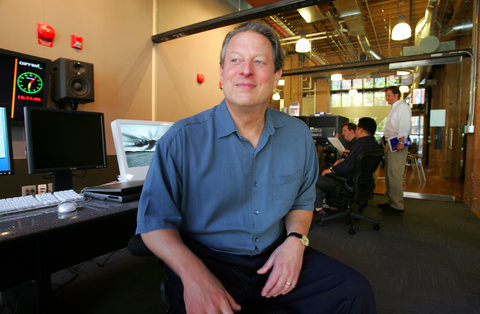 Jim Wilson/The New York Times Mark Zuckerberg at Facebook’s event on Tuesday.
Jim Wilson/The New York Times Mark Zuckerberg at Facebook’s event on Tuesday.
In a move designed to challenge its biggest rival, Google, and draw new sources of profit, Facebook on Tuesday announced a tool for users to search through the piles of pictures, posts and “likes” on the social network.
The company’s co-founder and chief executive, Mark Zuckerberg, made the announcement about the search tool at its headquarters in Menlo Park, Calif., in a cavernous room packed with reporters. He called it “graph search,” and said it would be a way to find content posted by friends on Facebook — including information about people, places, photos and interests.
“Graph search is a completely new way to get information on Facebook,” he said.
Mr. Zuckerberg offered an example. As he searched for Mexican restaurants in Palo Alto, Calif., up popped a list of restaurants that his Facebook friends had reported visiting and clicked the “like” button for on Facebook.
The tool could offer the company a way to crack the online dating market and compete with Web sites like LinkedIn that specialize in job searches.
Mr. Zuckerberg took pains to say that the tool was designed with users’ privacy in mind. “On Facebook, most of things people share with you aren’t public,” Mr. Zuckerberg said. “You want access to things that people have just shared with you.”
Graph search is rolling out modestly; it’s available on Tuesday to just “hundreds or thousands” of users, Mr. Zuckerberg said, in English only. There is no precise schedule of when it will be available on mobile.
Search is the next frontier for Facebook, analysts say, as the company looks for more ways to expand revenue from its gold mine of information. After the company’s coy announcement last week about Tuesday’s event, the stock rose upon speculation that the new product would somehow involve search.
Article source: http://bits.blogs.nytimes.com/2013/01/15/facebook-unveils-a-new-search-tool/?partner=rss&emc=rss


